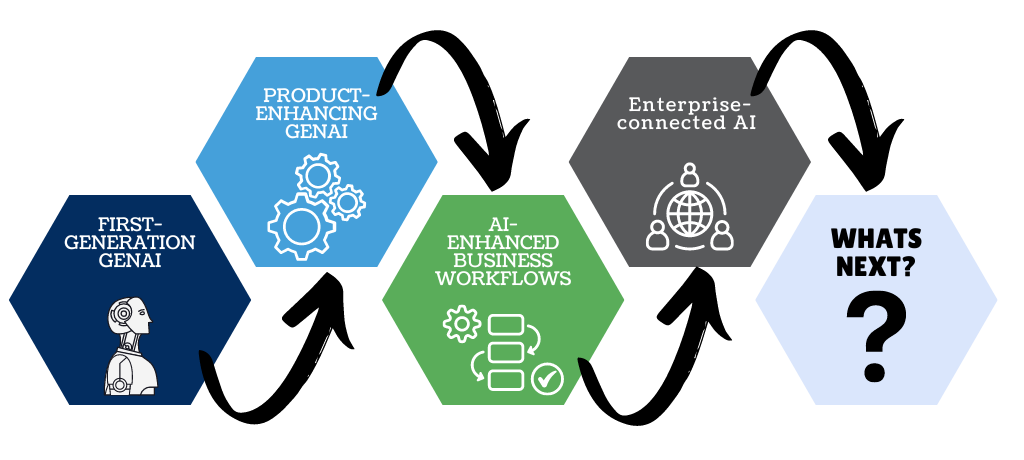An Inside Look at Green Irony’s Approach
In today’s fast-paced world, clear and effective communication is not just a valuable asset—it’s a necessity. One of the most common culprits behind failed projects, unmet goals, and unachieved outcomes is poor communication. At Green Irony, we recognize this challenge, and it’s one we’ve taken to heart. Our Core Values emphasize the importance of open dialogue, understanding, and collaboration. We believe that the key to our success is ensuring that every team member is not only heard but understood.
The True Cost of Miscommunication
Miscommunication can manifest in many forms: from misunderstood project specifications and missed deadlines to clashing personalities and discomfort in giving or receiving feedback. The repercussions are costly. Multiple studies have found that miscommunication can lead to reduced efficiency, increased stress, and a negative work environment123. In financial terms, poor communication can result in massive losses for businesses.
The Green Irony Difference: Four Pillars of Effective Communication
At Green Irony, we’ve integrated four primary tools and methodologies to ensure clarity, understanding, and effective communication:
- Personalysis: Before diving into how we work, every new member at Green Irony undergoes the Personalysis assessment. This tool provides invaluable insights into individual communication styles and preferences. It can form the basis for all subsequent communication strategies.
- Learning to Work Together: With insights from the Personalysis assessment, members are introduced to a document that sheds light on their colleagues’ working styles. It’s more than just knowing job roles; it’s about understanding how each individual works best and communicates most effectively.
- Feedback Matters: Constructive feedback is the lifeblood of growth. With the foundation set by Personalysis, we’ve crafted a document that focuses on individual preferences for feedback delivery. This ensures feedback is given in a manner that’s both respectful and resonates with the recipient.
- Building Trust: Trust is the cornerstone of all effective communication. Six months into their journey at Green Irony, each member participates in a trust exercise with their people manager and teammates. Reinforced by the insights from Personalysis, these exercises aim to solidify bonds and foster a genuine culture of open dialogue.
Why Personalysis Works
Personalysis isn’t just another personality test. It’s a tool that facilitates a profound understanding between colleagues, ensuring that communication is always rooted in empathy and comprehension. When we understand the ‘why’ behind a colleague’s actions or words, misinterpretations become rare. This leads to more constructive conversations, reduced misunderstandings, and a harmonious work environment.
A Continuous Journey
Though we’re immensely proud of the strides we’ve made, we recognize that these initiatives are ongoing tasks. There’s a need for consistent effort to ensure these tools and methodologies are regularly employed and updated. At Green Irony, we’re committed to periodic check-ins, refinements, and feedback sessions, ensuring our team remains engaged and benefits continuously.
In Conclusion
Effective communication isn’t innate—it’s a cultivated skill, demanding practice, patience, and an unwavering desire for mutual understanding. Green Irony’s commitment to effective communication is unwavering. Our core values emphasize mutual respect, understanding, and continuous learning. Through tools like Personalysis and our three additional communication pillars, we’ve witnessed the transformative impact of effective communication, from seamless project execution to the strengthening of interpersonal relationships.
For teams and organizations everywhere, our message is clear: Invest time and resources into truly understanding your team. Tools like Personalysis and dedicated strategies can make a world of difference, with results that speak for themselves in both project outcomes and team morale.
References
- Costs of Miscommunication and How to Cut Them – Visit Article
- 50 Must-Know Business Communication Statistics – Visit Article
- Bad Connection: Study Finds Poor Communication Costs Businesses $1.2 Trillion Annually – Visit Article
